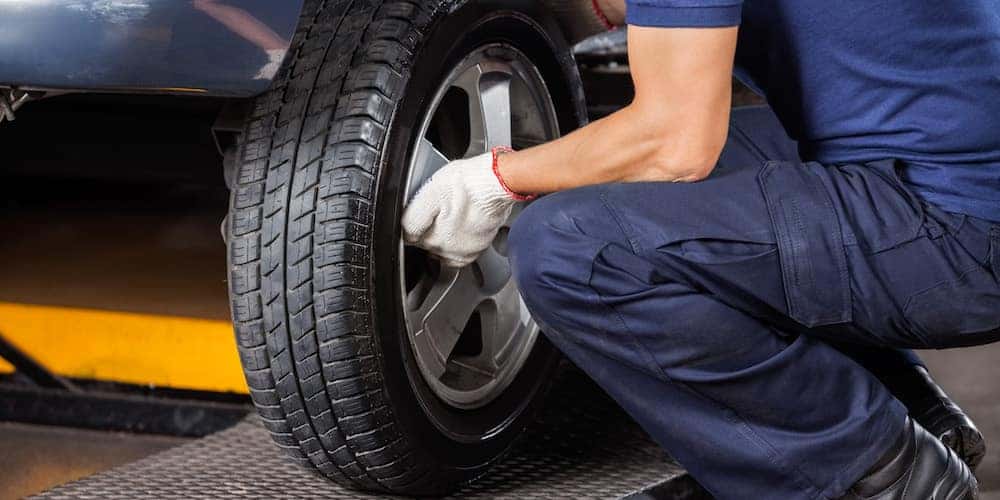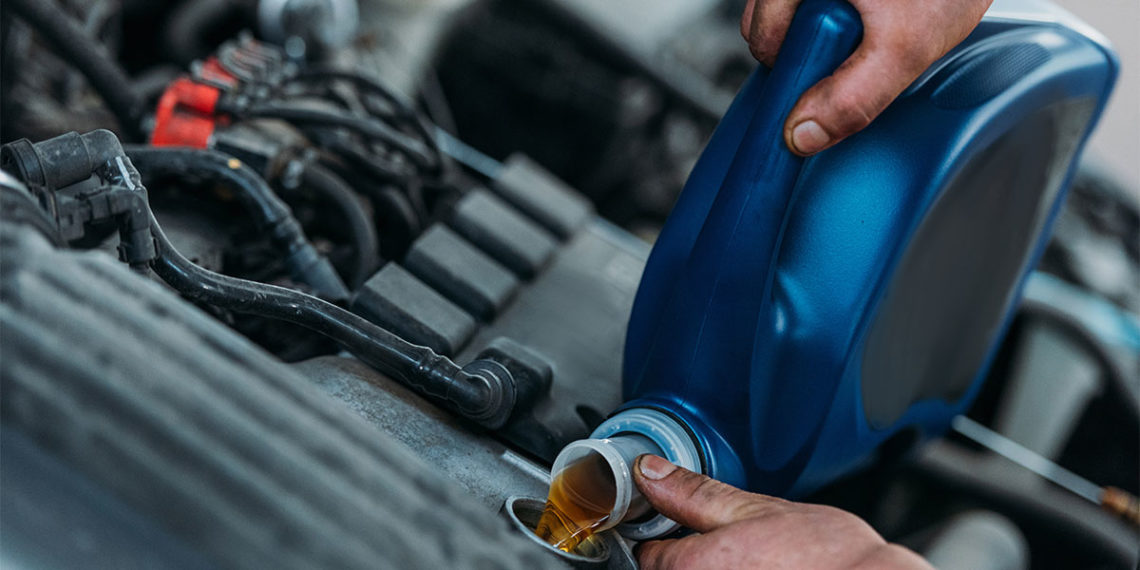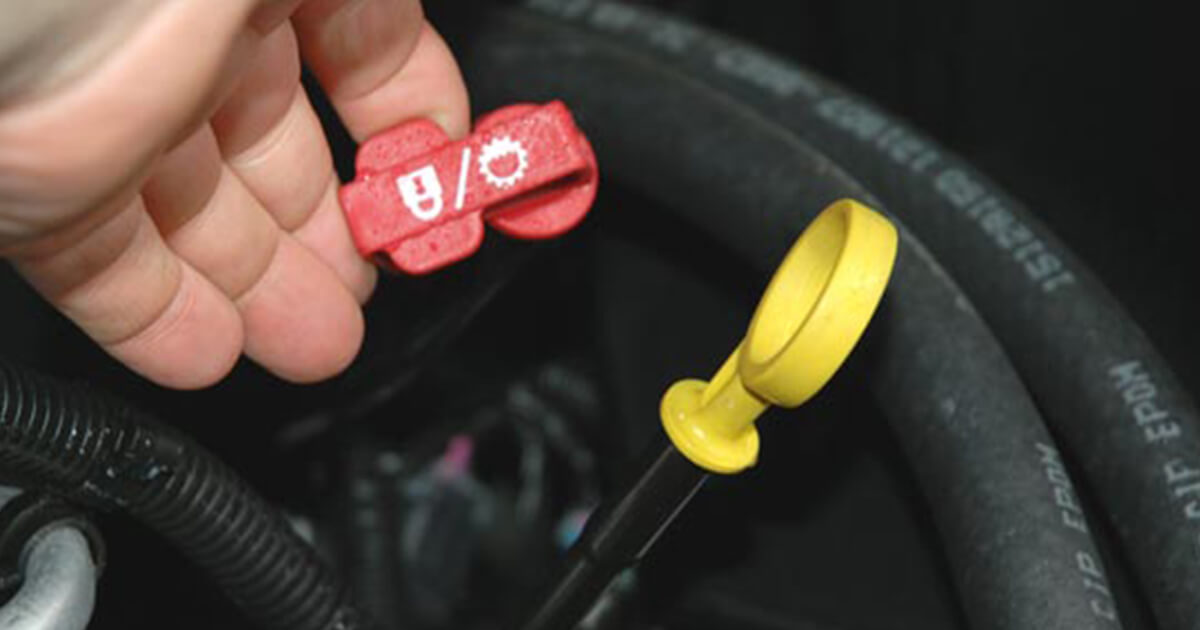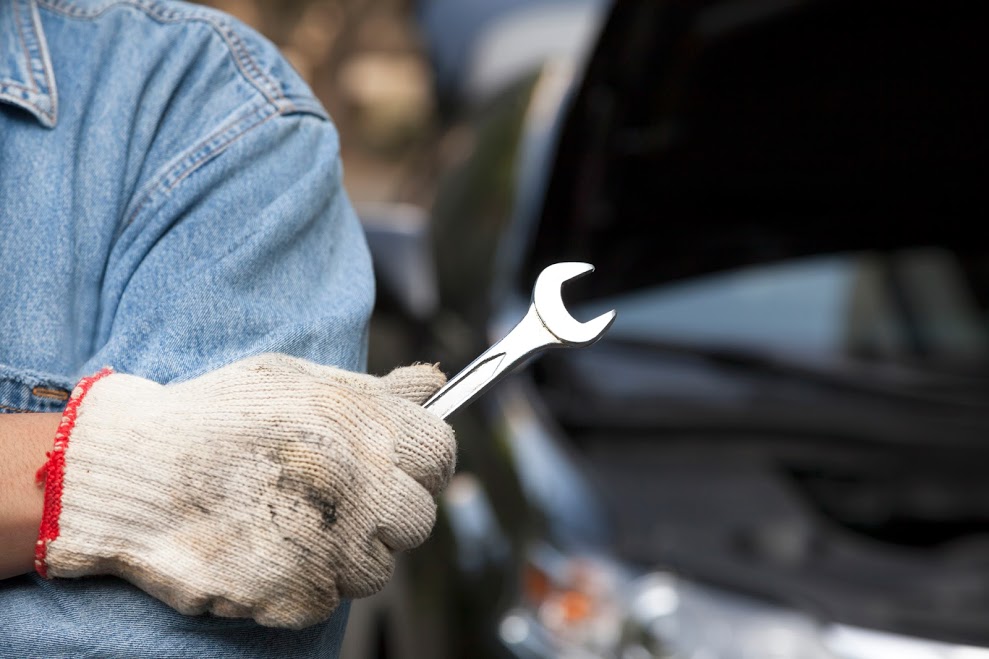Are you responsible for maintaining your vehicle? Keeping up with regular car maintenance can be a daunting task. But it doesn’t have to be! In this article, we will cover the basics of keeping your car in top shape and running smoothly.
From changing the oil to checking tire pressure, will give you all the information you need to stay on top of your vehicle’s maintenance schedule. With our simple step-by-step guide, taking care of your car is easy – so get ready to roll!
Check Tire Pressure and Rotate Tires Regularly

Source: www.auffenbergmazda.com
Regularly checking and maintaining your car’s tire pressure and rotating the tires are two of the most important steps you can take to keep your vehicle in top shape. Tire pressure should be checked at least once a month, as low or high tire pressure can affect fuel efficiency, performance, and safety.
It is also important to rotate your tires every 5,000-7,500 miles (or every 6 months) for even wear on all four tires. This will help ensure that your car has good traction and handling when driving in different conditions.
Keeping up with regular maintenance like these simple steps will help extend the life of your vehicle so you can enjoy it for many years!
Follow Your Vehicles Maintenance Schedule

Source: www.toyotadm.com
Following your vehicle’s recommended maintenance schedule is one of the best ways to keep it running smoothly. Regularly scheduled maintenance services, such as oil changes and tire rotations, ensure that all parts of your car are in good condition and can help prevent larger problems down the road.
Scheduling regular check-ups with a certified mechanic will also alert you to any issues that need attention before they become more serious. Keeping up on routine maintenance helps extend the life of your vehicle, so take time out each year for an inspection.
A little effort goes a long way when it comes to keeping your car in top shape!
Change the Oil Every 3,000 Miles or as Recommended by Manufacturer

Source: taylorautoglass.com
Changing your car’s oil regularly is essential to keeping it running smoothly for years to come. Oil helps lubricate the engine and prevents damage from occurring due to friction, heat, and other elements that can break down the components of your vehicle over time.
The general rule of thumb is to change the oil every 3,000 miles or as recommended by the manufacturer for optimal performance. If you don’t change your oil often enough, you risk damaging internal components which can be costly repairs down the line. It’s also important to use an appropriate grade of motor oil; check with a qualified mechanic or refer back to your owner’s manual if youre unsure which type is best for your specific make and model.
With these tips in mind, changing your car’s oil at regular intervals will help ensure peak performance and keep its parts functioning properly so you get many miles out of it!
Keep Fluids Topped Off and Replaced When Necessary

Source: www.mobil.com
Maintaining the fluids in your car is an essential part of keeping it running efficiently. Oil, coolant, windshield wiper fluid, and brake fluid should all be checked regularly and topped off if needed.
If a leak is found or any of these fluids are discolored or contaminated they should be replaced immediately to ensure that your vehicle continues to run safely. Additionally, transmission fluid should also be inspected regularly as it helps keep the components in your car’s transmission lubricated which can help prevent damage resulting from heat buildup and friction caused by metal-on-metal contact.
Replacing old transmission fluid with new can help restore optimal operation to the system over time.
Conclusion

Source: www.wilhelmautomotive.com
Maintaining your car can be a daunting task, but with the right approach, it is possible to keep your vehicle in top shape. Perfect Auto Repair and Tire offers easy steps for all car owners to follow, such as regular oil changes; checking fluid levels; rotating tires; inspecting brakes, hoses, and belts; and more. Taking these simple preventive measures will help ensure that you get the most out of your car while avoiding costly repairs down the line.
With just a little bit of effort on your part, you can keep your vehicle running smoothly and safely for years to come!


